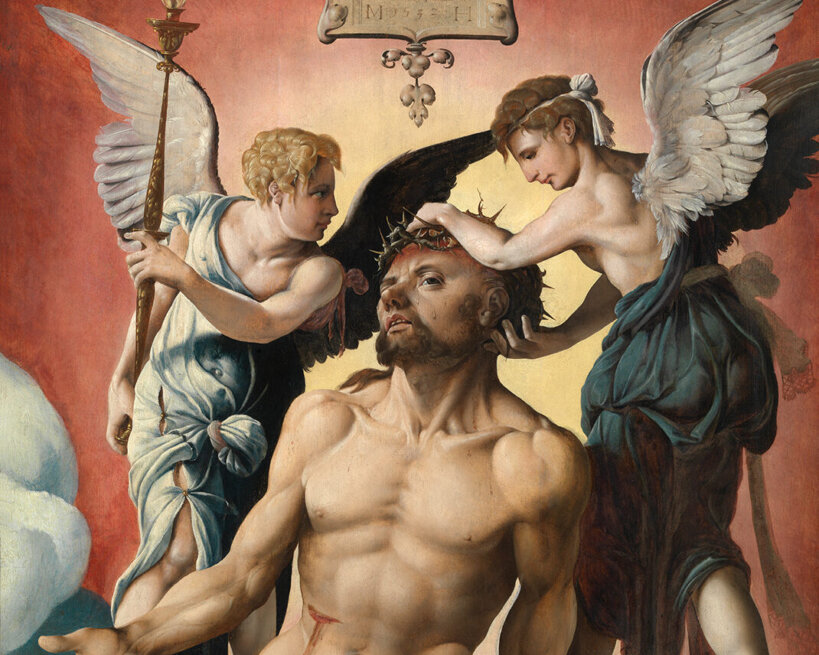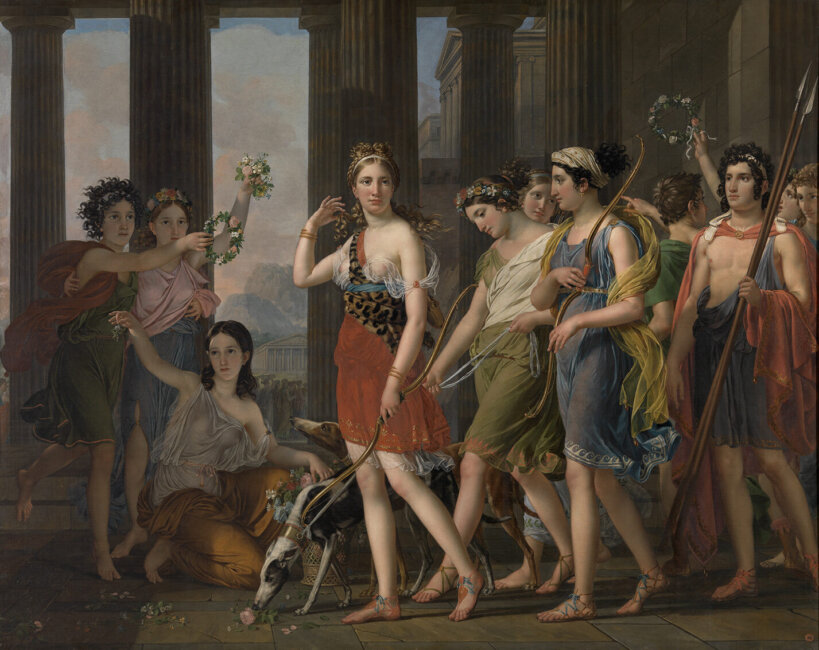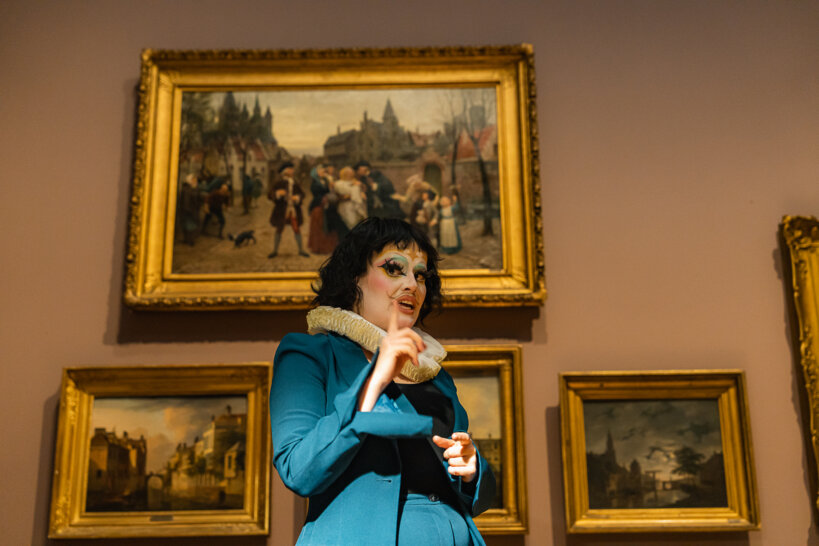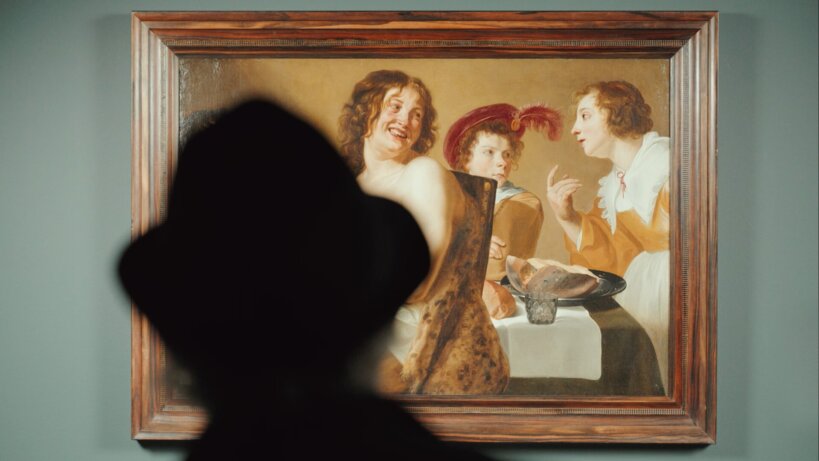In 2027, the MSK organises Belgium's first-ever queer fine art exhibition. Transcending the heteronormative gaze on art history, the exhibition will invite visitors to consider 500 years of art in the Southern Low Countries through an LGBTQIA+ lens and to discover surprising perspectives on gender and sexuality.
Five centuries of change
Accepted or forbidden forms of intimacy, shifting definitions of masculinity, femininity and non-binarism, purely sexual acts or an innate orientation: the history of both sexuality and gender identity and expression is one of continual evolution, which today we label under the overall term ‘queer’.
Consciously or unconsciously, artists have addressed these themes in many different ways. And the art created in the Southern Low Countries over the past five centuries presents equally diverse views of same-sex intimacy, transgressions of norms and fluid representations of the body. Sometimes we seem to recognise an artist’s personal preferences in their work. And sometimes we’re mainly looking for a reflection of ourselves in an image from the past.
Hidden stories revealed
In 2027 the MSK will organise Belgium’s first-ever exhibition dedicated to queer interpretations in 500 years of art in the Southern Low Countries. Similar exhibitions organised in other countries have rarely paid attention to our region, even though artists from Rubens to Ensor have created works with queer perspectives.
By deliberately disregarding the traditionally cis-heteronormative focus of art history, accepting alternative interpretations and investigating historical cases, the exhibition will reveal how queer experiences changed over the centuries and how they were incorporated into art. This way, the museum explicitly invites visitors to look for new layers in the stories that we tell through our collections.
A network of partners
In preparation for the exhibition the MSK is strengthening its relations with other museums, archives and private collections in Belgium and abroad, involving experts in queer history and queer art history and encouraging new research.
At the same time, the museum is looking for input from LGBTQIA+ communities so that we can work together to write a queer history of art. This makes 'Queer Belgian Art' a logical next step in the LGBTQIA+ programmes that the MSK has run since 2022 with the aim of forging links between the art of the past and today’s queer culture.
Call for hidden queer art
In many cases we have no idea how people in the past experienced identity and orientation - concepts that have only recently developed as we define them today. Women artists in general are underrepresented in museums, let alone women who loved women. And works of art with queer undertones are not categorised as such in catalogues, or in some cases they may have been considered too transgressive to be added to a museum collection at all.
To further enrich the exhibition, the MSK is putting out a call for queer art. If you know of any art that has queer undertones and was created in the Southern Low Countries before 1950, or of any artists or collectors whose work is urgently deserving of research, please contact curator Bart Ooghe.



